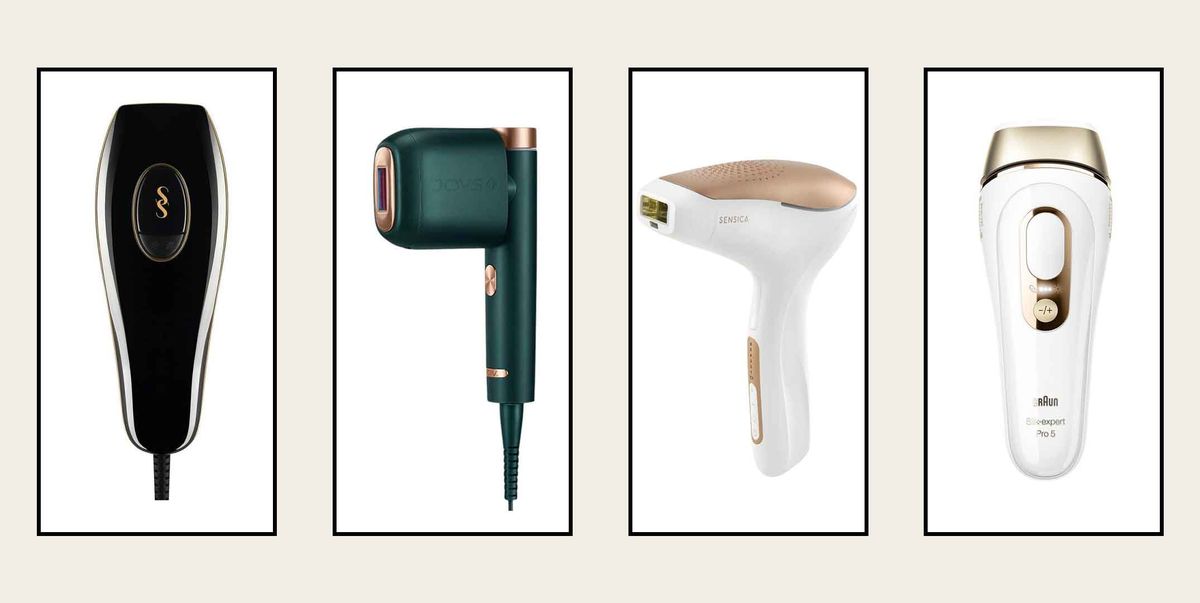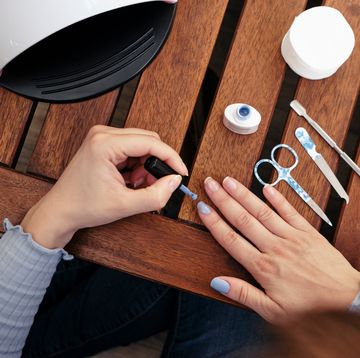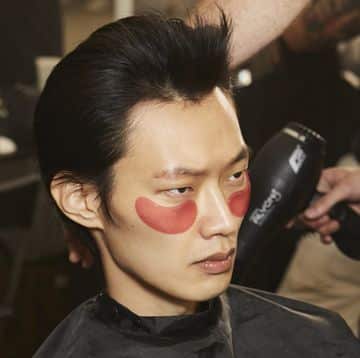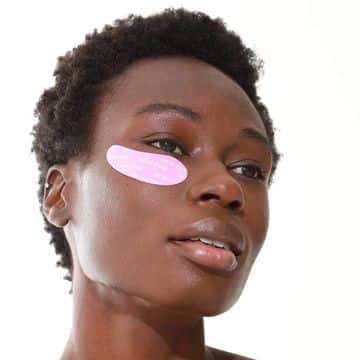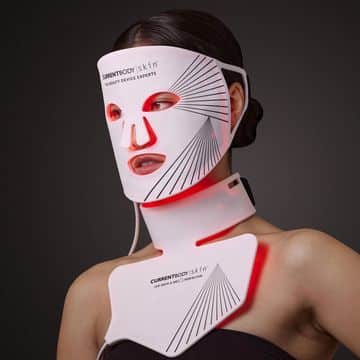Key Takeaways
- Natural facial hair removal methods include shaving, threading, waxing, and using hair removal creams.
- Each method has pros and cons, so choose based on your skin type and sensitivity.
- For longer-lasting results, consider IPL hair removal or professional treatments.
UNDERSTANDING FACIAL HAIR GROWTH
Facial hair growth in women can be attributed to various factors, including hormonal imbalances, genetics, and certain medical conditions. While some facial hair is normal, excessive growth may cause distress and impact self-confidence.
SHAVING: QUICK AND EASY
Shaving is one of the most accessible methods for facial hair removal. It’s fast, painless, and can be done at home with minimal equipment.
Pros:
- Quick and easy to perform
- Painless when done correctly
- Inexpensive
Cons:
- Results are short-lived (hair regrows within days)
- May cause ingrown hairs or skin irritation
Woman using a facial razor
To shave facial hair effectively:
- Cleanse your face thoroughly
- Apply a thin layer of shaving cream or gel
- Use a clean, sharp razor designed for facial use
- Shave in the direction of hair growth
- Rinse with cool water and apply a moisturizer
THREADING: PRECISE AND LONG-LASTING
Threading is an ancient hair removal technique that uses a twisted cotton thread to remove hair from the root.
Pros:
- Precise and effective for small areas
- Results last 2-4 weeks
- Suitable for sensitive skin
Cons:
- Can be painful, especially for beginners
- Requires skill and practice
While threading is often performed by professionals, you can learn to do it at home with practice. Healthline provides a step-by-step guide on facial hair threading for those interested in trying this method.
HAIR REMOVAL CREAMS: PAINLESS BUT POTENTIALLY IRRITATING
Depilatory creams dissolve hair at the surface of the skin, making them easy to wipe away.
Pros:
- Painless and easy to use
- Results last longer than shaving
Cons:
- Can cause skin irritation or allergic reactions
- Strong chemical smell
- Not suitable for all skin types
Woman applying hair removal cream
Always perform a patch test before using a hair removal cream on your face. Follow the instructions carefully and never exceed the recommended application time.
WAXING: LONGER-LASTING RESULTS
Waxing removes hair from the root, providing longer-lasting results compared to shaving or depilatory creams.
Pros:
- Results last 3-6 weeks
- Hair grows back finer over time
Cons:
- Can be painful
- Risk of skin irritation or ingrown hairs
- Not suitable for sensitive skin
For at-home facial waxing:
- Choose between soft wax (applied warm and removed with strips) or hard wax (applied and removed without strips)
- Cleanse and exfoliate your face
- Apply a thin layer of wax in the direction of hair growth
- Remove the wax quickly against the direction of hair growth
- Apply a soothing, alcohol-free moisturizer afterward
IPL HAIR REMOVAL: ADVANCED AT-HOME SOLUTION
Intense Pulsed Light (IPL) devices use light energy to target and disable hair follicles, reducing hair growth over time.
Pros:
- Long-lasting results with consistent use
- Can be done at home
- Less painful than waxing or threading
Cons:
- Initial investment in the device can be expensive
- Requires multiple treatments for best results
- Not suitable for all skin and hair types
Woman using an IPL device on her face
When using an IPL device, follow the manufacturer’s instructions carefully. Start with a lower intensity setting and gradually increase as your skin adjusts to the treatment.
COMPARISON OF FACIAL HAIR REMOVAL METHODS
| Method | Pain Level | Duration of Results | Cost | Suitability for Sensitive Skin |
|---|---|---|---|---|
| Shaving | Low | 1-3 days | Low | Moderate |
| Threading | Moderate to High | 2-4 weeks | Low to Moderate | High |
| Hair Removal Creams | Low | 3-5 days | Low | Low |
| Waxing | High | 3-6 weeks | Moderate | Low |
| IPL | Low to Moderate | Weeks to Months | High (initial investment) | Moderate |
CONCLUSION
Choosing the right facial hair removal method depends on your skin type, pain tolerance, and desired results. While these at-home methods can be effective, the American Academy of Dermatology recommends consulting a dermatologist for persistent or excessive facial hair growth, as it may indicate an underlying medical condition.
Remember to always prioritize skin health when removing facial hair. If you experience persistent irritation or adverse reactions, discontinue use and consult a healthcare professional.
0 internal link


